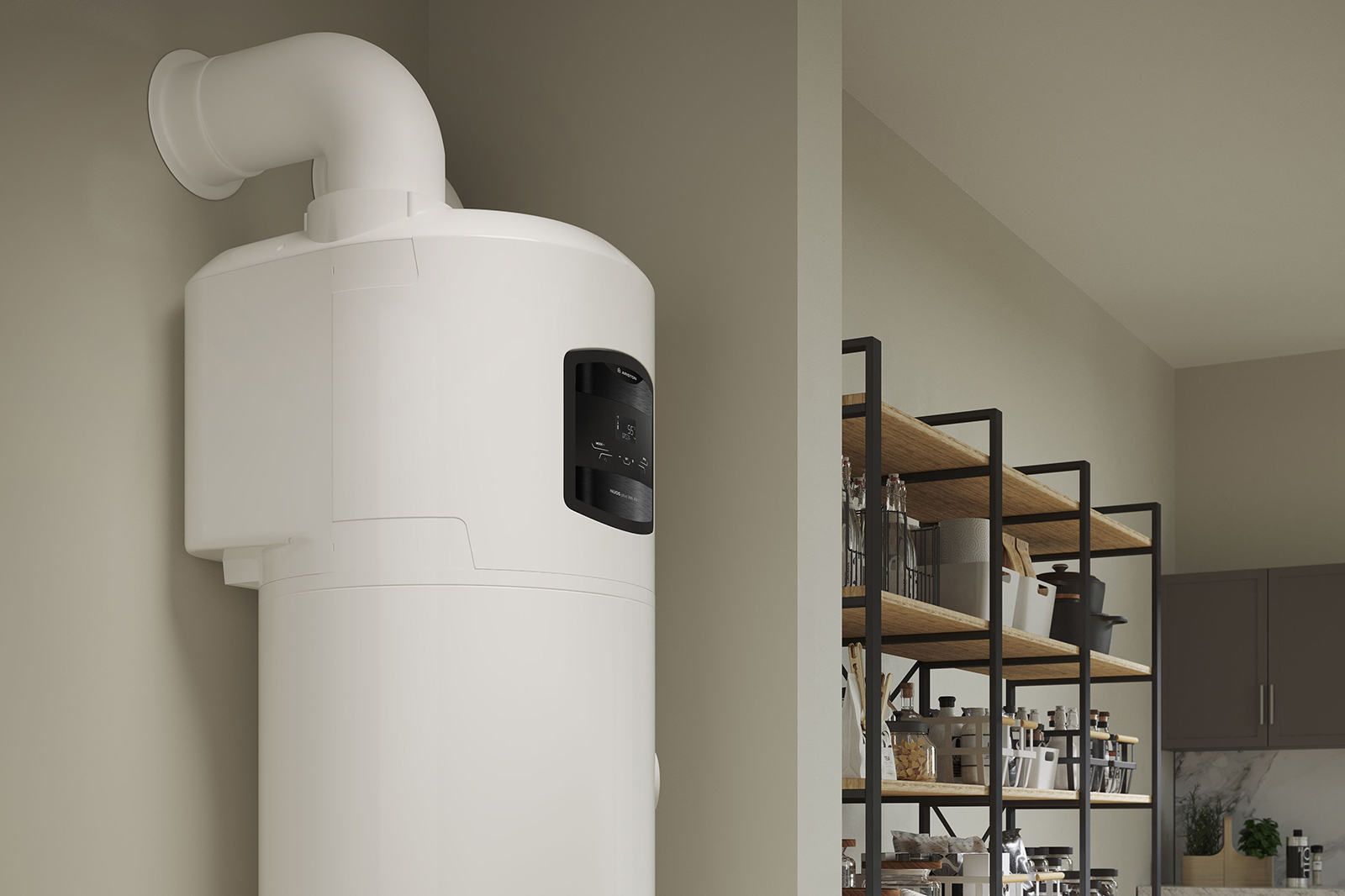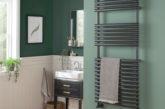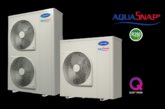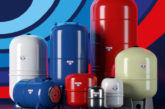
The drive for renewable technologies is gathering pace, with heat pumps currently dominating the headlines when it comes to sustainability. However, with full heat pump systems not necessarily suitable for every UK household, Victoria Gutierrez, Head of Marketing at Ariston, outlines an alternative approach where heat pump water heaters are integrated alongside traditional gas boilers.
With many UK properties already reliant on gas boilers to provide heating and hot water, the drive towards heat pump technology (as outlined in the Heat and Buildings Strategy) has led to many questions being raised. After all, converting to a full heat pump system is not always straightforward – or cost effective. Fortunately, there is a way to achieve the best of both worlds, thanks to advances in heat pump water heater technology.
Heating up water for washing and cleaning accounts for the second highest energy consumption in a home (approximately 12%) after heating, so any sustainable product designed specifically for this purpose should be embraced. Gas prices are set to escalate later in the year, so it makes sense to look at renewable, electric systems like heat pumps.
The concept of a heat pump water heater is pretty simple, as modern air source heat pump technology is combined with an unvented cylinder. Units then use electricity to extract heat from the air and transfer it – at a higher temperature – to heat the water in the cylinder. Although some may argue electricity prices are just as likely to rise as gas, this is counteracted by heat pump water heaters boasting high coefficients of performance (COPs) – i.e. they only require one unit of electricity for around three units of heat. Indeed, products such as the Nuos Plus Wi-Fi from Ariston have COPs up to 3.14, ensuring they are excellent alternatives to traditional storage water heaters (especially as typical immersion heaters only have a COP of 1).
Best of both worlds
Integrating two different products can result in efficient and effective heating – and water heating – all year round. Having a unit dedicated specifically to hot water reduces the reliance on gas boilers and fossil fuels. While properties will still rely on the latter for space heating, this will only be required for 23 to 24 weeks of the year, with studies revealing the majority of people turning their central heating on at the end of October and switching it off again in April.
Heat pump water heaters with an indirect coil can be easily connected to other heating products, including gas boilers. Provided the two products utilise the same digital communications protocol, they can be fully integrated as part of the same system, as they can be operated from the same controller for optimum levels of performance and comfort.
Rather than relying on a generic ‘on/off’ style thermostat, modern communications protocols – such as Ariston’s BusBridgeNet – enable two-way exchanges of information, so that each part of a system can operate to its maximum potential and best possible efficiency. In turn, this provides end users with greater energy savings, as well as complete peace of mind.
It is this principle that allows the latest heat pump water heaters and boilers to be controlled via Wi-Fi technology and smartphone apps, which many plumbing and heating engineers will already be familiar with. In addition to modulating technology, multiple functions are available, including energy management reports, internet weather monitoring and weekly scheduler programming. Plus, there are additional holiday and override modes, for circumstances when a property is going to be left unoccupied for a set period of time.
Ducting requirements
Combining renewable technologies with existing systems is set to become more commonplace. Indeed, heat pump water heaters have the benefit of being both flexible and versatile – as well as extremely reliable (the concept ‘plug and play’ has never been more apt). While they share some similarities with unvented cylinders, the main difference is requiring ducting in order to draw air in and let exhaust air out. As a result, the ducts must be suitably distanced, so that any air previously drawn in and cooled is not recirculated, as this would have an effect on energy efficiency. Any ducting should also be suitably insulated to prevent the possibility of condensation forming due to circulating air cooling the pipes.
There are clear benefits to using sustainable water heating technologies alongside a traditional gas boiler. The addition of a heat pump water heater allows the boiler to minimise heat cycles during the summer months, as well as reduce wear and tear. This ensures end users benefit from a renewable, controllable and highly efficient source of hot water. A fully integrated system offers the best of both worlds.













